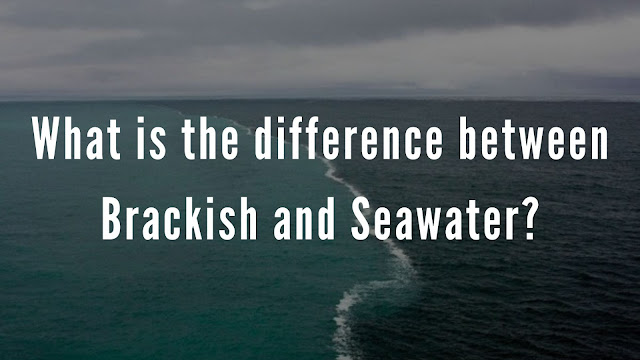What is the difference between Brackish and Seawater?

What is the difference between Brackish and Seawater? Brackish water and seawater are both types of saltwater, but they have some key differences in terms of their salt content and where they are found. Brackish water is a mixture of freshwater and seawater, and it has a lower salt content than seawater. It typically has a salinity of between 0.5 and 30 parts per thousand (ppt) and can be found in estuaries, coastal wetlands, and other areas where freshwater and seawater mix. Brackish water can also be found in underground aquifers and pumped to the surface for irrigation and other applications. On the other hand, seawater is salt water found in the ocean. It has a higher salt content than brackish water, typically around 35 ppt. Seawater contains a wide range of dissolved minerals and gases, including magnesium, calcium, and chlorine. Seawater also contains dissolved gases and nutrients required for marine organisms' survival, making it an important habitat for a wide variety of ...

